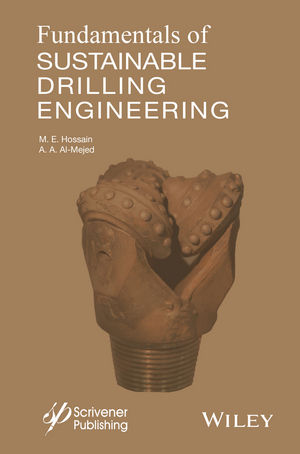“It's a material unlike any that have been used in the manufacture of cutting tools,” says Wittmer, a professor in the Department of Mechanical Engineering and Energy Processes.” It could be used in drilling, mining, machining metal, cutting rock or masonry. “It has numerous applications. With bits made from our material, maybe contractors could take on projects they'd shied away from before because it would have been too hard on their equipment. If the drill is going at 6,000 rpm and the tip comes flying off at that velocity, it could create a lot of damage,” notes Wittmer, also citing a reduction in the amount of dust produced. “It gets into everything - lungs, equipment - which relates to both safety and productivity.”
Wittmer and Filip got into the game about two years ago when nearby resident Ken Burkett showed up at the University with a small jar containing roughly a teaspoon of industrial diamonds and the conviction that the two scientists could somehow make a coal mining tool that contained diamonds. After Burkett left, Wittmer and Filip tossed some ideas around, but it wasn't until the next morning, when inspiration hit Wittmer.
Wittmer had a lot of previous experience working with nickel aluminide, a metal compound formed by the reaction of nickel and aluminum. He knew that when the compound heats, it expands a great deal, where diamonds do not. He thought the heated compound might expand enough to wrap around the diamonds, then, as it cooled, might shrink enough to clamp them into place (so they wouldn't pop out). This “shrink wrap” also might protect the diamonds from the heat's effects.
“The first composites we did were made shake-and-bake-style he explains. “I put everything in a plastic zippered bag, shook them up to mix them and then pressed them into four pellets in a steel die we have. Then I put them in ceramic boxes and sent them through my furnace - a unique, continuous furnace capable of reaching temperatures as high as 2,400 degrees C.
“I was as amazed as anybody that the diamonds didn't disappear or convert to graphite - typically a scientist doesn't expect something to work the first time it's tried. But we dared to be bold, to try something we thought might not work. That's American ingenuity!”
A grant from the Illinois Clean Coal Institute paid for the production of 53 different composite formulations made with differing proportions of elements and diamond sizes, allowing Wittmer and Filip to search for the combination that would produce the densest, and therefore hardest, material. It also paid for wear testing of the best formulations at Southern Illinois University.
The two best composites easily cut through cast iron and granite with hardly a sign of wear. In fact, when testers cranked up the power in the granite test, the granite exploded, while the composites, though red hot, remained intact. Mounted face down under 50 pounds of pressure for 30 hours on a diamond polishing wheel running at 400 rpm, the composites wore out the diamond disk. “That's how we found out how tough our material really was,” Wittmer says. “These wheels typically last for months in a machine shop but only lasted for a few hours in contact with our diamond composite.”
In Louisville, where Bosch company officials agreed to run wear tests of their own, engineers used a diamond-bladed saw to try to cut through both the diamond composites and the firm's toughest grade of tungsten carbide. It took a little over a minute to slice through the tungsten carbide, but even after 20 minutes, they failed to cut through the diamond composites - though they wore out the saw blades trying.
Wittmer and Filip still are tinkering with formulations of the original ingredients - they now have 84 - searching for the best possible mix. They also are working on bonding other metals to the diamonds and looking at the effects of various temperatures on density. “Our goal is to make a fully dense diamond composite material,” Wittmer says.






